As pet owners, we want nothing but the best for our furry companions. From daily walks to endless belly rubs, we strive to provide our dogs with a happy and healthy life.
One essential aspect of their well-being is their diet. While we may have found the perfect food for our beloved canines, there may come a time when we need to switch to a new brand or type of food. Whether it’s due to a medical condition, allergies, or simply wanting to offer a variety in their meals, the transition to a new food can be a daunting task.
Many pet owners wonder how long for dog to adjust to new food. We will explore the factors that can affect the adjustment period, as well as provide helpful tips to make the process smoother for both you and your furry friend. With a little patience and understanding, we can ensure that our dogs are receiving the best possible nutrition and are comfortable with their new food in no time.
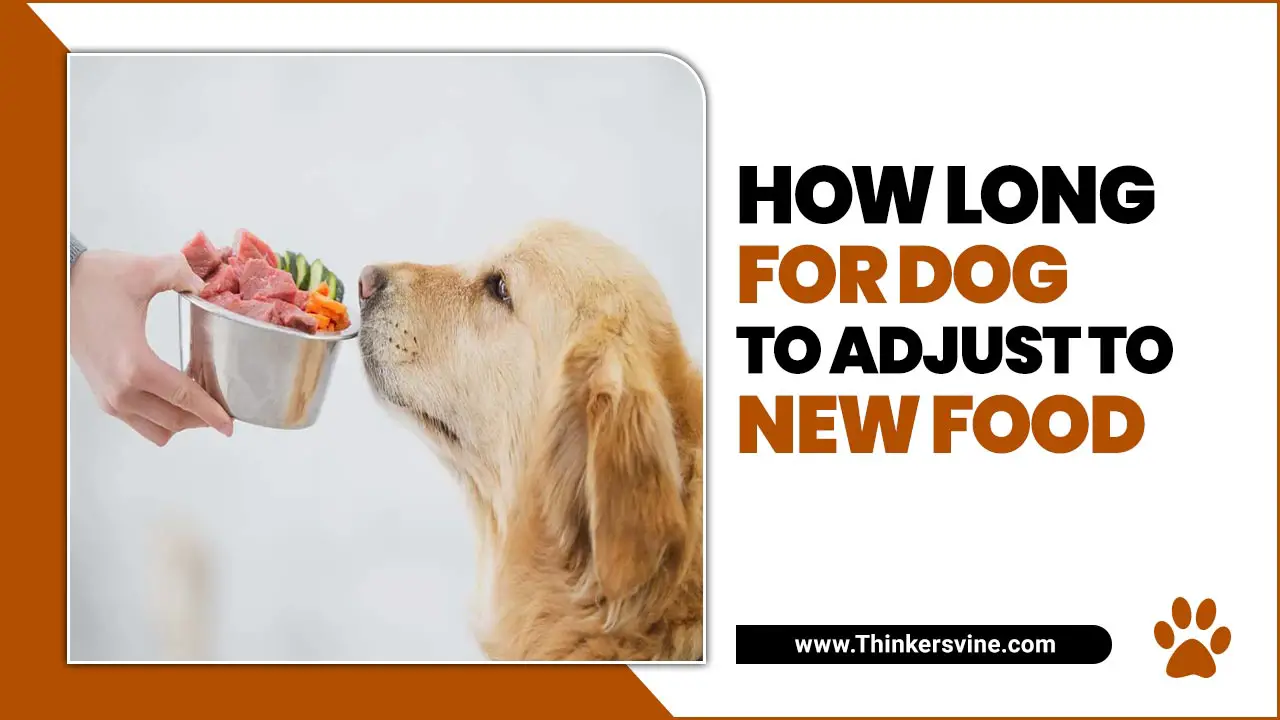
Why You Should Switch Your Dog To A New Food?
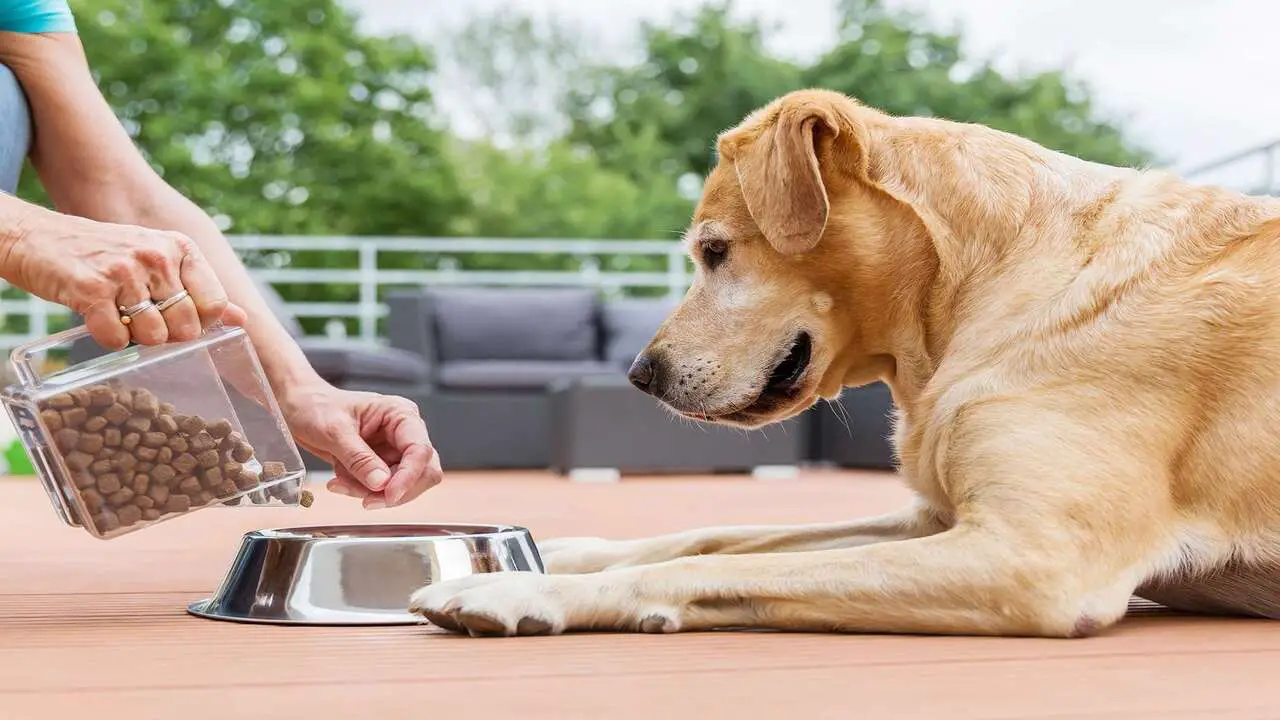
Switching your dog to a new food can have several benefits for their health and well-being. It can help address any dietary sensitivities or allergies they may have, as certain ingredients in their current food may be causing digestive issues or skin problems.
Additionally, switching to a new food can provide a fresh variety of nutrients and flavors. Improving their overall nutrition and enjoyment of mealtime. If your dog has been on the same food for an extended period, they may become bored with the taste and texture.
Leading to decreased appetite or picky eating habits. Introducing a new food can stimulate their interest and encourage them to eat more consistently. However, it is important to make the transition gradually to avoid digestive upset.
How Long For Dog To Adjust To New Food? An Estimation
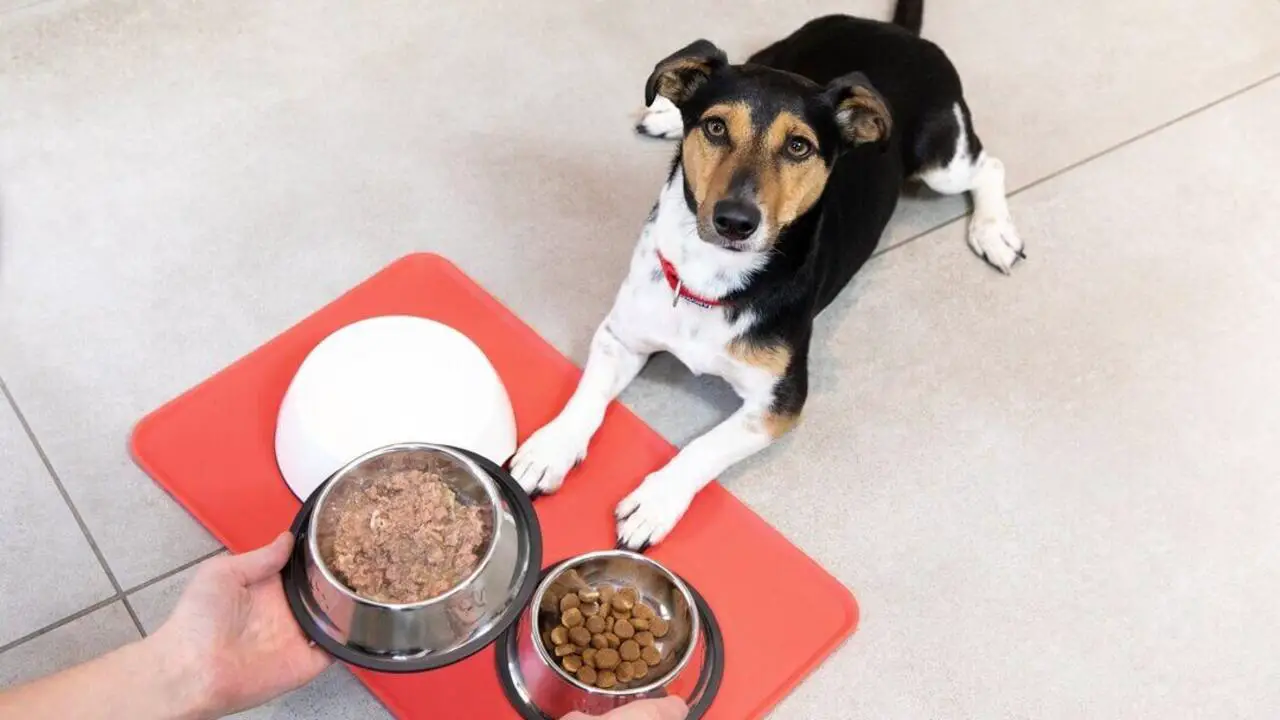
Let’s talk about the estimation of how long for dog to adjust to new food. The amount of time it takes for a dog to adjust to new food can vary depending on the individual response dog and the type of food being introduced. Some dogs may take only a few days to adjust, while others may take several weeks or even months.
It is important to gradually transition your dog’s diet over 7-10 days, slowly increasing the amount of new food and decreasing the old food each day. This can help prevent digestive upset and allow your dog’s digestive system to adjust to the new diet.
The dog microbiome, i.e., the balance of microorganisms in the gut, is an essential factor influencing how long it will take for your dog to adjust to new food. A sudden transition of food can cause a change in the dog’s microbiome, temporarily leading to health problems like stomach upset- diarrhoea or constipation, vomiting, regurgitating, and even decreased appetite.
Pro Tips To Avoid This Kind Of Situation & Keep Your Pet Happy
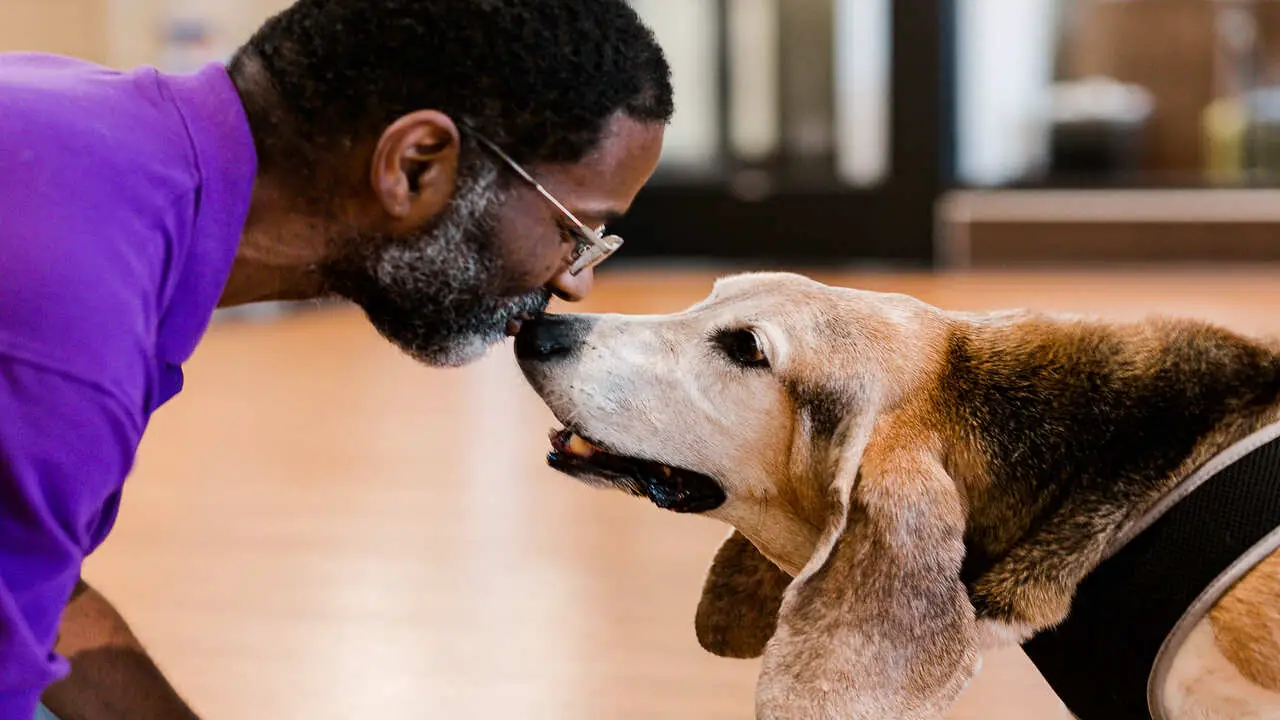
Here’s a pro tip to avoid this kind of situation: ‘Gradually’ switch to the new diet to give the dog’s system some time to adjust to the change. The trick is to mix old food with new ones. Follow the 7-Day Transition Schedule for dogs and keep your dog happy and healthy.
- Day 1 – Day 2: 25% new diet and 75% old diet
- Day 3 – Day 4: 50% new diet and 50% old diet
- Day 5 – Day 6: 75% new diet and 25% old diet
- Day 7: 100% new diet
It is usual for a dog to take more than a week to recover from the transition phase. At the same time, some dogs do not have any issues switching meals. Others with sensitive stomach tummies or food allergies may not be so fortunate. Depending on your dog’s health. It may take only a week to even six weeks to adjust to a new meal fully.
However, if you notice your dog exhibits any sign of discomfort during this transition period. It would be best if you allowed more time for your dog. Monitor your dog’s activity from time to time. In case of extreme health issues, better make an appointment with your vet if your gut instincts tell you something is off.
How To Transition Your Dog To A New Food
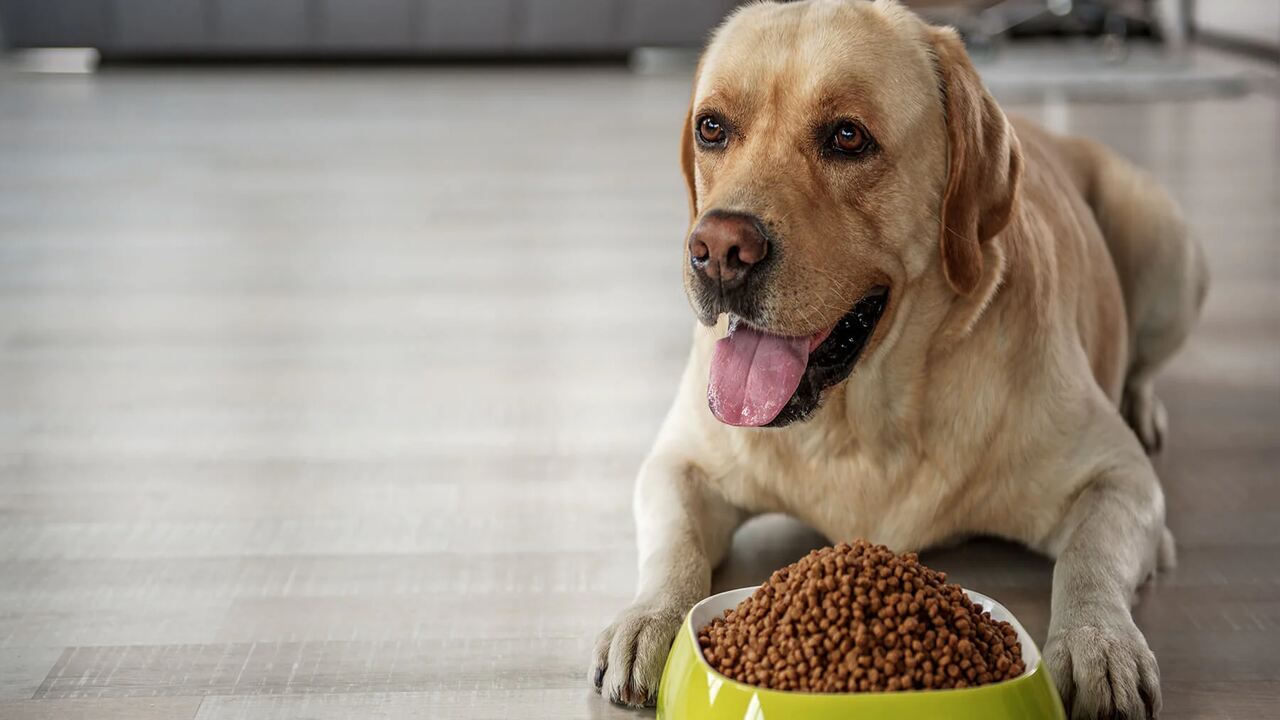
Transitioning your dog to a new food can be a delicate process that requires patience and careful planning. It is important to gradually introduce the new food to your dog’s diet in order to minimize any digestive upset or discomfort. Start by mixing a small amount of the new food with their current dry puppy food.
Gradually increasing the ratio over several days or weeks. This allows your dog’s digestive system to slowly adjust to the new ingredients. Monitor your dog’s stool and overall health during this transition period. If you notice any concerning changes, consult with your veterinarian. Remember, every dog is different. So, the length of time it takes for them to fully adjust to a new food may vary.
Signs And Symptoms As Your Dog Adjusts
When switching your dog to a new food, it’s important to be aware of any signs or symptoms that may indicate that they are adjusting to the change. Here are some common signs to look out for:
- Changes in Appetite: Your dog may initially show a decreased appetite or may be hesitant to eat the new raw food. This is normal as they adjust to the taste and texture.
- Digestive Issues: Some dogs may experience diarrhoea, vomiting, or flatulence as their digestive system adapts to the new food. This is usually temporary and should resolve within a few days.
- Changes in Stool: You may notice changes in the color, consistency, or frequency of your dog’s stool during the adjustment period.
- Energy Levels: Your dog may seem more sluggish or have lower energy levels as their body adjusts to the new nutritional content of the food.
It’s important to monitor your dog closely during this transition period and consult with your months of age if you have any concerns. Remember to introduce the new food gradually, mixing it with the old food and slowly increasing the proportion over several days. This will help minimize any potential digestive disturbances and allow your dog to adjust more smoothly.
Why Is It Important To Consider Changing Dog Food To New Ones?
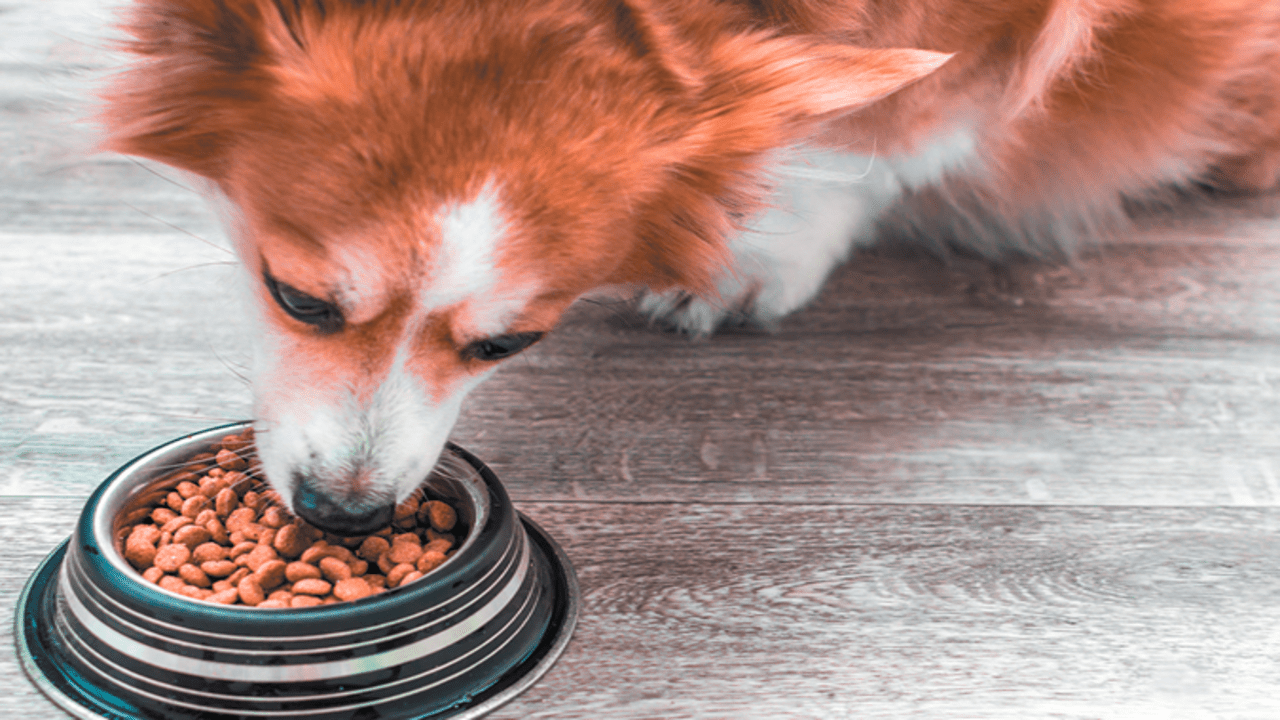
As a pet owner, it is important to consider changing your dog’s food from time to time. This is because a varied diet can provide your dog with the necessary nutrients and minerals that they need for optimal health.
Switching up their food can help prevent them from developing food sensitivities or allergies to one specific type of food. It is also important to note that their nutritional needs may change as dogs age. So, switching to a more specialized diet may be necessary to meet their changing requirements.
However, when introducing new foods, it is important to do so gradually and monitor your dog’s reaction to ensure there are no adverse effects on their health.
Unlike puppy to adult dog, that is quiet, requiring just the amount to carry on with their health and weight. Pregnant or lactating dogs would have diverse food necessities. Sometimes dog owners want to improve the food quality to avoid nutrition deficiency or toxicity. Again, dog owners might switch to a new food as dogs might develop certain allergies to some products, though it is not frequently observed in dogs.
Problems Faced By Dogs While Adjusting To New Food
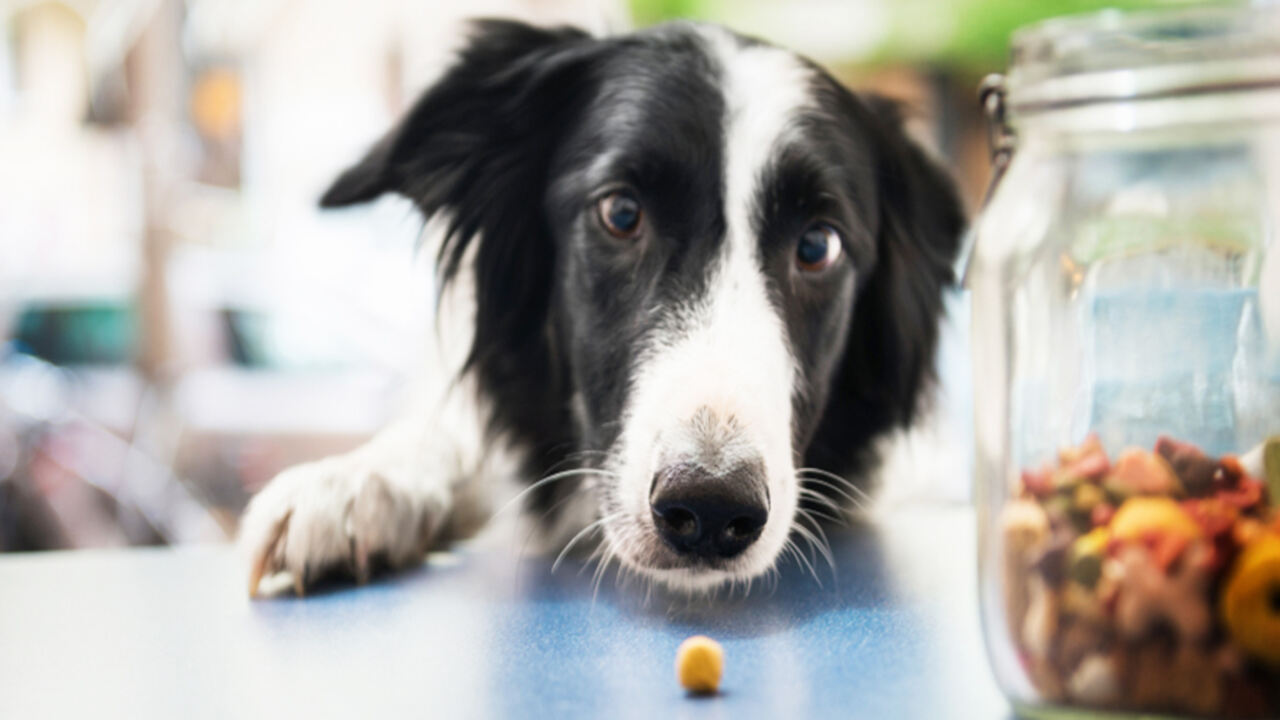
When introducing a new type of food to your dog. It is important to be aware of their potential problems while adjusting. One common issue is digestive upset, which can cause vomiting, diarrhoea, or constipation. This is because your dog’s digestive system needs time to adjust to its diet’s new ingredients and nutrients.
Gastrointestinal upset like diarrhoea, vomiting, and a decreased appetite are major digestive health concerns regarding this food switch. Here are some problems below:
Stomach Upset
You may notice Stool inconsistency when dogs taste new food. Due to the change in the dog’s gut flora, others may have diarrhoea. We are here to save your neck from this kind of situation. Follow the basic steps or proper guidelines and get ready to party stress-free. Here’s what to do:
- Keep your dog hydrated.
- Give a diet that is easy to digest, such as chicken breast or white fish for proteins and white rice or potato for carbohydrates.
- Give additional dietary supplements like dog probiotics to aid in the digestion process.
Stool Color
When transitioning your dog to a new food, they commonly experience some digestive issues. One problem that many dogs face during this adjustment period is changes in their variations in stool color. This can be caused by a variety of factors, including differences in the ingredients and nutrients in the new food.
A change in fresh food diet may change the poop color. If you notice dark or bloody variations in stool color for over three days, consult your vet.
Vomiting Or Regurgitation
Adjusting to a new food can be a challenge for dogs. One of the most common problems they may face is vomiting or regurgitation. This can happen when their digestive system is not used to the new ingredients in their food or if they are eating too quickly.
To help your dog adjust to a new food, it is important to introduce it gradually, mixing small amounts with their current food over several days. Feeding smaller, more frequent meals throughout the day may also be helpful and encourage slow transition eating habits.
Dogs might throw up food because the new food isn’t adjusting to their body system. That being said, consult a vet if this reaches an extreme level to be on the safe side.
Decrease In Appetite
One common problem dogs face when adjusting to new food is a decrease in appetite. Dogs can be creatures of habit and may become accustomed to a certain type of food or flavour.
When switching to a new food, it may take some time for them to become accustomed to the taste and texture. This can lead to decreased appetite, causing them to eat less than they normally would. It’s important to monitor their food intake during this transition period and ensure they are still getting the necessary nutrients.
It is common for everyone to have a weight loss of appetite when sick. Similarly, for dogs, transitioning to different food causes stomach upset in the first place, and they become sick, so their urge to eat decreases as well.
Pick The Right Commercial Food Brand
Picking the right food brand is a factor that will help the dog adjust to new food. A low-quality food comprises artificial ingredients that might irritate the dog’s stomach. This will make it hard for the dog to adjust to the food. No matter how gradually you introduce it or how much mixing is done.
As a general rule, if appropriate nutrition is provided, the body automatically adjusts to the meal more smoothly. So, a high-quality food brand is very important.
How Quickly Do Dogs Adapt To New Pet Food
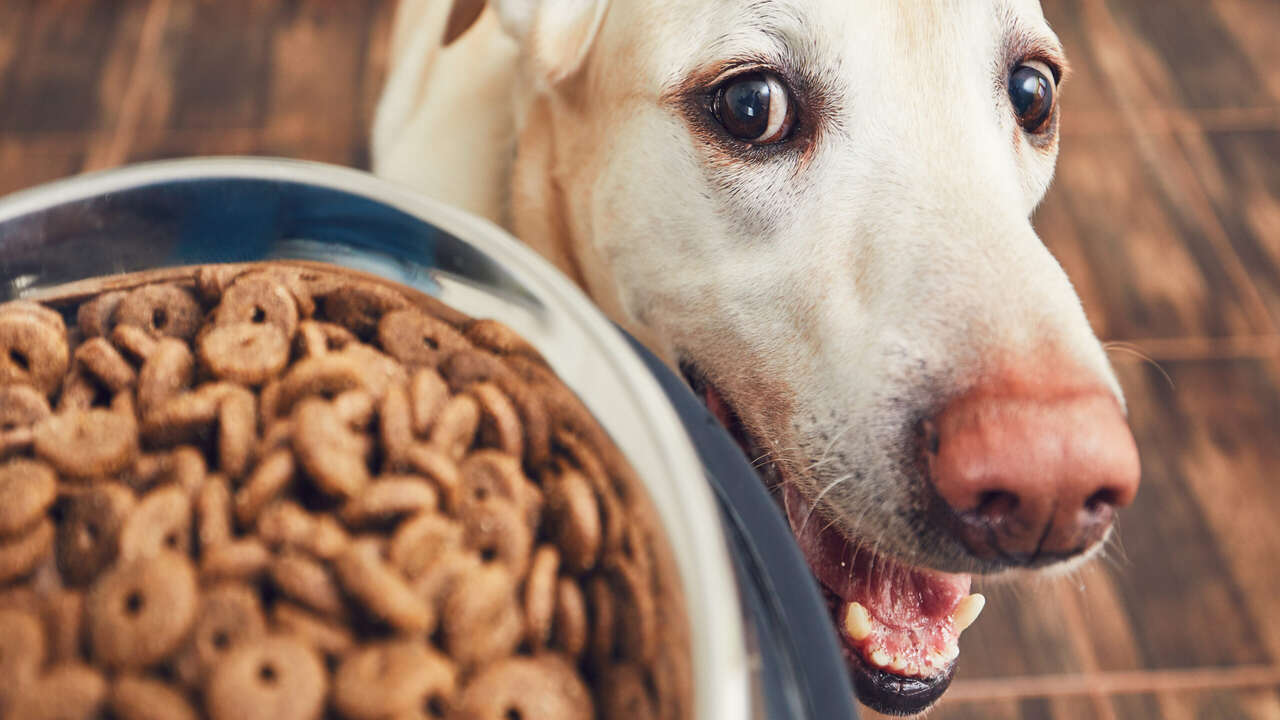
The new food may be difficult for dogs to get used to. For instance, some dogs may take a few days to change, and others may never learn to eat it. One solution that might help is carrying the old dog food for a short time. So they are not forced to make such an adaptation.
The dog will often adjust in a few hours or days rather than weeks or months. However, some dogs do have problems. The only way to know if it is your dog’s or another dog’s concern is to feed another dog the same food and compare the results.
First of all, you’re feeding one different balanced diet. The second thing you need to know is that what you are doing has nothing to do with the diet or the dog’s environment (that might include things like weather and people).
Implications Of Changing Your New Dog’s Dog Food
Changing your dog’s food can have a variety of implications for their health and wellbeing. As with any change in diet, there is always the risk of digestive upset, especially if you are switching to a different brand or type of food. This can cause vomiting, diarrhoea or changes in stool color. Additionally, an abrupt transition from one food to another can lead to decreased appetite as your dog adjusts to the new flavours and textures.
There is also the risk of nutritional deficiencies or allergic reactions if you are introducing a new food that contains ingredients that your dog has never eaten before. This is why it is important to gradually introduce any new food over time, and monitor your dog’s health for any potential changes.
Conclusion
If you have a dog, we believe you will treat it like your child. Isn’t that what everyone does, after all? Because dogs are similar to children, the last thing you would want is to relieve the discomfort of gastrointestinal issues and problems. There are various reasons why dogs might suffer from gastrointestinal problems.
One can result from the dog’s gut flora negative reactions due to an abrupt change in the meal. If that’s the case, gradually introduce the new food to the dog and follow a proper food transition schedule to steer clear of this issue. And here, our information on how long for dog to adjust to new food may help in the transition process.
Depending on the dog’s sensitivity, it will take a minimum of 5-7 days and 40-42 days to fully adjust to a new meal. There is a saying that goes like ‘Forewarned is forearmed,’ so you better take all necessary precautions.
FAQs
[rank_math_rich_snippet id=”s-a204b0c8-579a-4c3b-9550-d49eef59e8bd”]